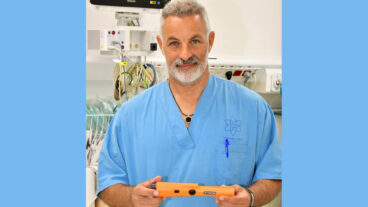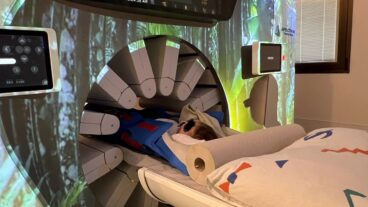Tel Aviv University biochemist Dr. Malka Cohen-Armon: Activation PARP1 of the protein is essential to the expression of genes that govern the formation of long-term memory.When we experience a friendly encounter, a new taste or a mental leap, how is it that sometimes these events are imprinted on our minds forever, while other daily occurrences fade into nothingness? The riddle of long-term memory formation has come one step closer to being solved due to a discovery in Israel by Tel Aviv University biochemist Dr. Malka Cohen-Armon of the Sackler Faculty of Medicine
Cohen Armon, in collaboration with scientists at Bar-Ilan University and Columbia University in the US, found that a protein called PARP1, present in the nucleus of cells in animals and plants, is rapidly activated in brain cells in response to external stimulation and allows the formation of lasting memories.
PARP1 itself is not a new discovery; for 40 years, scientists have known that activation of this protein is an early emergency response of cells to stress conditions that can damage the genetic information stored in DNA. These stress conditions include cell aging, injury, inflammation or exposure to radiation. Activation of PARP1 rapidly releases the proteins surrounding the DNA molecule, enabling access to the damaged sites and making it possible for repairs to be made.
Cohen-Armon and her partners discovered a second function of PARP1, unrelated to stress conditions. They showed that activation of the protein is essential to the expression of genes that govern the formation of long-term memory.
“Short-term memory and long-term memory involve different processes,” explains Cohen-Armon. “With short-term memory, no gene transcription is required. Long-term memory formation, however, entails the expression of specific genes.”
PARP1 activation enables these genes to go into action.
“Picture the shutter of a camera,” says Cohen-Armon. “The shutter protects the film in the camera, except that in our case that film is the DNA molecule in a cell’s nucleus, and the shutter is made up of proteins surrounding the DNA. Ordinarily, PARP1 activation opens that shutter to allow repair procedures to breaks in the DNA. We found that this same shutter mechanism opens access to DNA during the learning process, enabling the DNA transcription specific to long-term memorization to occur.”
The researchers tested their theory on the sea slug, Aplysia californica, whose primitive nervous system has been used for three decades as a model for basic functioning of the brain. In training the slug to ignore inedible food, the researchers noted that PARP1 was activated in its nervous system, and that this activation was essential for the slug?s ability to remember this learning task over the long term. Moreover, long-term memory was completely prevented by inhibiting PARP1 activity.
The findings, which were published in Science, highlight a novel mechanism in the pattern of memory formation that may have implications for treating diseases such as Alzheimer?s and Parkinson’s, mental illness, and other conditions that involve memory or concentration impairment.
(Originally appeared in Tel Aviv University News)












